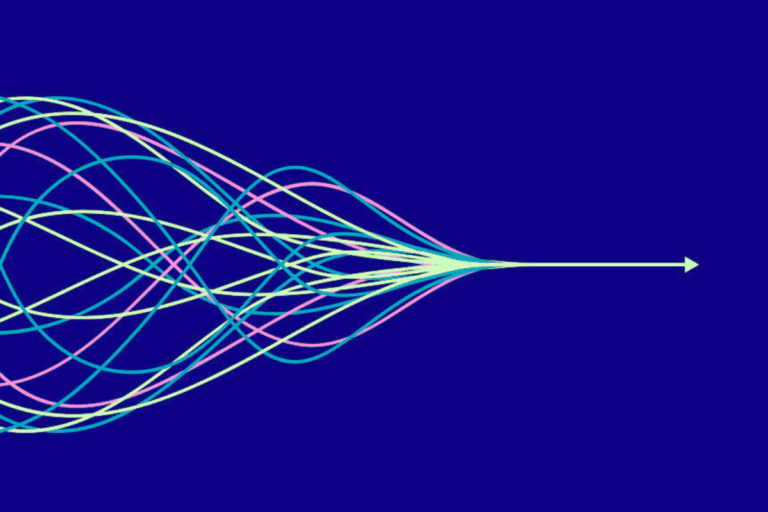With round-the-clock access to many goods and services, it’s sometimes easy to forget about the people that power our always-on world. For example, the:
- Factory workers producing goods day and night;
- Truck drivers travelling across the country while everyone else is sleeping;
- Paramedics and healthcare workers saving lives all through the night;
- After-hours support technicians troubleshooting emergency outages;
- Restaurant and nightclub staff who enable us to party late; and
- Cafe workers who serve us our coffee at sunrise.
These are the extraordinary workforces that power our on-demand lifestyles.
But, 24/7 shift work can come at a cost.
Queensland Health says, “There is good evidence that shift work is related to serious health issues, such as increased obesity, diabetes, cardiovascular disease, cancer, stomach and digestive disorders, ulcers, fertility issues, depression, higher risk of family and social problems, and an increased risk of workplace or motor vehicle accidents.”
New research published this year in Neurobiology of Sleep and Circadian Rhythms shows “the adverse effects of shift work can be long-lasting, even after returning to a normal schedule”.
Safe Work Australia found the injury rate for shift workers was more than two times higher than the injury rate for non-shift workers.
Many research papers talk about the additional and/or unique physical and mental wellbeing risks associated with shift work. This post explores some of those and suggests how organisations can better support this important workforce cohort.
The impact of less sleep
As most of us are settling under the warmth of our doona covers, over 1.7 million Australian shift workers are clocking into work.
Shift workers typically get two to three hours less sleep than other workers, and shift work sleep disorders are common among the 24/7 workforce. These disorders occur when someone’s internal sleep/wake cycles or circadian rhythms are disrupted – which is estimated to affect up to 32 per cent of nighttime shift workers and 26 per cent of rotating shift workers.
“In otherwise healthy adults, short-term consequences of sleep disruption include increased stress responsivity, somatic pain, reduced quality of life, emotional distress and mood disorders, and cognitive, memory, and performance deficits.”
Goran Medic, Micheline Wille, and Michiel EH Hemels
Source: Nature and Science of Sleep
Shift work schedules can also make it more difficult to spend time with friends and family, access healthy food, get enough regular exercise, and see medical professionals.
From an employer’s perspective, inadequate sleep can result in low concentration levels and has been linked to impaired performance in the workplace, through reduced productivity and an increase in absenteeism. It can also increase risk. Healthcare and emergency workers who are involved in high-pressure, life-and-death situations need to be operating at full capacity. Impaired mental and physical wellbeing poses a risk to high-quality patient care.
In Australia, the Alertness CRC has said that the indirect financial cost of lost productivity and accidents due to poor sleep is estimated to be over $24 billion.

The impact of social isolation, loneliness, and stigma
Social isolation and loneliness are an unfortunate reality for the 24/7 workforce, whose schedules are often opposite that of family and friends. Social isolation has been linked to a sustained decrease in wellbeing and life satisfaction and can result in serious mental health repercussions.
The difference between social isolation and loneliness “Social isolation is seen as the state of having minimal contact with others. It differs from loneliness, which is a subjective state of negative feelings about having a lower level of social contact than desired (Peplau and Perlman 1982). Some definitions include loneliness as a form of social isolation (Hawthorne 2006) while others state that loneliness is an emotional reaction to social isolation (Heinrich and Gullone 2006). The two concepts do not necessarily co-exist – a person may be socially isolated but not lonely, or socially connected but feel lonely (Australian Psychological Society 2018; Relationships Australia 2018).”
Goran Medic, Micheline Wille, and Michiel EH Hemels
Source: Nature and Science of Sleep
Some industries are more affected than others when it comes to mental wellbeing. In a recent Healthy Heads survey that compared the perceptions of employees in various industries, the transport, postal and warehousing industries received the lowest overall thriving workplace index score of any sector. Loneliness and depression were among the most common concerns reported by truck drivers, and the report found that this sector also had one of the highest rates of claims for work-related mental disorders.
Police and emergency workers are also at increased risk of mental health concerns, due to the traumatic nature of the work as well as irregular schedules, high-pressure roles, and long hours, said a Beyond Blue study.
The study also found very high rates of self-stigma among police and emergency service workers. Thirty-three per cent of respondents reported shame around their mental health condition and 32 per cent believed it caused a burden to those around them. This stigma can be a considerable barrier to seeking help, and this is confirmed in the report, with 61 per cent of respondents saying they avoid telling people about their mental health condition.

How to better support 24/7 workforces
Most large-size companies that have been rostering their people on shift work for many years are well across industry and government recommendations in terms of shift rostering practices, enhanced safety procedures, fatigue awareness, and sleep education.
But what else can be done to better support 24/7 workforces?
Improve awareness, reduce stigma, and protect privacy
Improving awareness
Education and awareness campaigns are key. Not one-off campaigns, but sustained messaging across multiple channels – in different formats and language variants – can help people both know and remember where and how to seek support at the time that they need it.
Reducing stigma
Normalising health conversations in any workplace is an important step in reducing stigma and improving help-seeking behaviour. This is particularly true for shift workers, who have high levels of stigma surrounding their mental (and physical) health.
Fostering open, regular, and meaningful discussions about health, as well as encouraging organisational leaders and peer influencers to openly share their wellbeing challenges, “goes a long way towards reducing the stigma and setting the tone for transparency”.
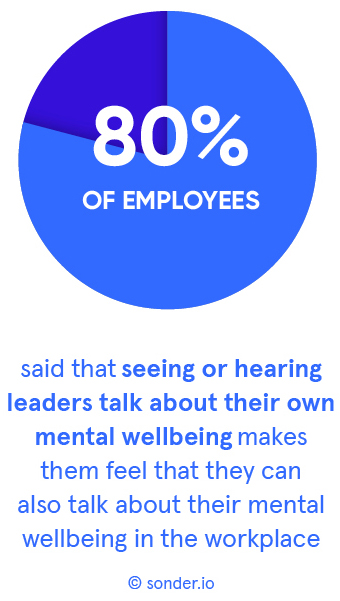
Protecting privacy
An organisational commitment to protecting the privacy of employees who do seek help is another essential element. It is important for employees to preserve their anonymity when seeking information about mental health support through the workplace. People want to know they cannot be identified, treated differently, or disadvantaged in any way. Guided steps towards information should include transparent information about privacy and confidentiality, to build trust in the experience.
Know that self-help tools are not enough
Digital self-help tools are one way to conveniently provide round-the-clock help for shift workers who need support for their safety, mental, and physical wellbeing. They are a great tool for people who cannot easily access in-hours support, and who do not have a family member, friend, or colleague available to check on their wellbeing at regular intervals during the work day. But, self-help apps alone are not enough.
Research by Rudd and Beidas, published in the Journal of Medical Internet Research (JMIR), found that while self-help apps can provide valuable initial guidance, they should enhance a more holistic and comprehensive employee wellbeing strategy, not be the strategy.
Beware: lack of ongoing engagement
Self-help apps risk user drop-off. This can result in delays to care or the absence of care (if there is no human support or ongoing follow-up).
“Widely celebrated as the solution to the supply and demand imbalance in mental health care, digital mental health interventions have flooded the marketplace to supplement specialty mental health care. However, the evidence supporting their efficacy is mixed [see also here], and engagement with digital mental health interventions, particularly mobile apps that lack ancillary human interaction, is abysmal. Users are unlikely to use these interventions more than a few times,” conclude Rudd and Beidas.
Carlo, Ghomi, Renn and Areán concur; “the vast majority [of health apps] remain largely unevaluated… [and] even when apps are evidence-based, their public health impact is often curbed by poor adherence”.
“Furthermore, the movement of specialty mental health care, an intensive public health intervention, from the hands of clinicians and into standalone digital interventions ignores decades of research about the importance of social support and may further isolate individuals who need human connection the most.
Given the robust social support literature, it is not surprising that digital interventions with the highest levels of engagement are those that include some form of human interaction,” said Rudd and Beidas.
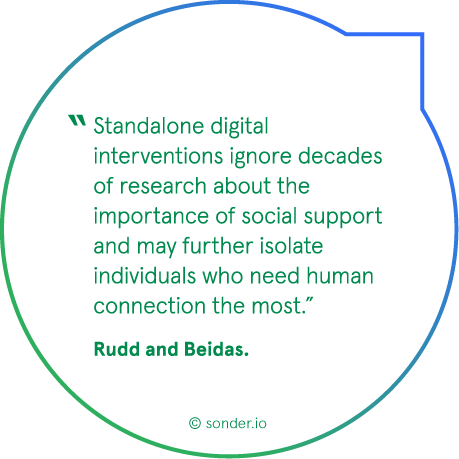
Beware: gaps in patient assessment
Digital app users often struggle to fit their circumstances into the predefined categories in an app. Limitations of the tools can also lead to a ‘Dr Google’ type of self-diagnosis. This represents a dangerous gap in patient assessment because it neglects that many wellbeing issues are complex and multilayered.
For example, “around 51 per cent of Sonder’s support cases are caused by something other than the issue stated. [To illustrate,] self-diagnosed financial stress might, upon professional triage, uncover a need for urgent safety support for domestic violence, plus mental health support for isolation, depression, and suicide ideation all underwritten by a complex medical problem,” says Dr Jamie Phillips, Medical Director at Sonder.
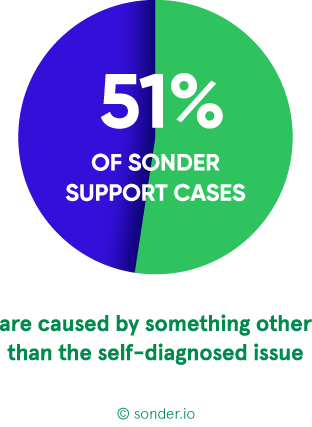
Meet Sonder’s preventative care platform
Sonder is a technology company that helps organisations improve the wellbeing of their people so they perform at their best. Our mobile app provides immediate, 24/7 support from a team of safety, medical, and mental health professionals – plus onsite help for time-sensitive scenarios. Accredited by the Australian Council on Healthcare Standards (ACHS), our platform gives leaders the insights they need to act on tomorrow’s wellbeing challenges today.
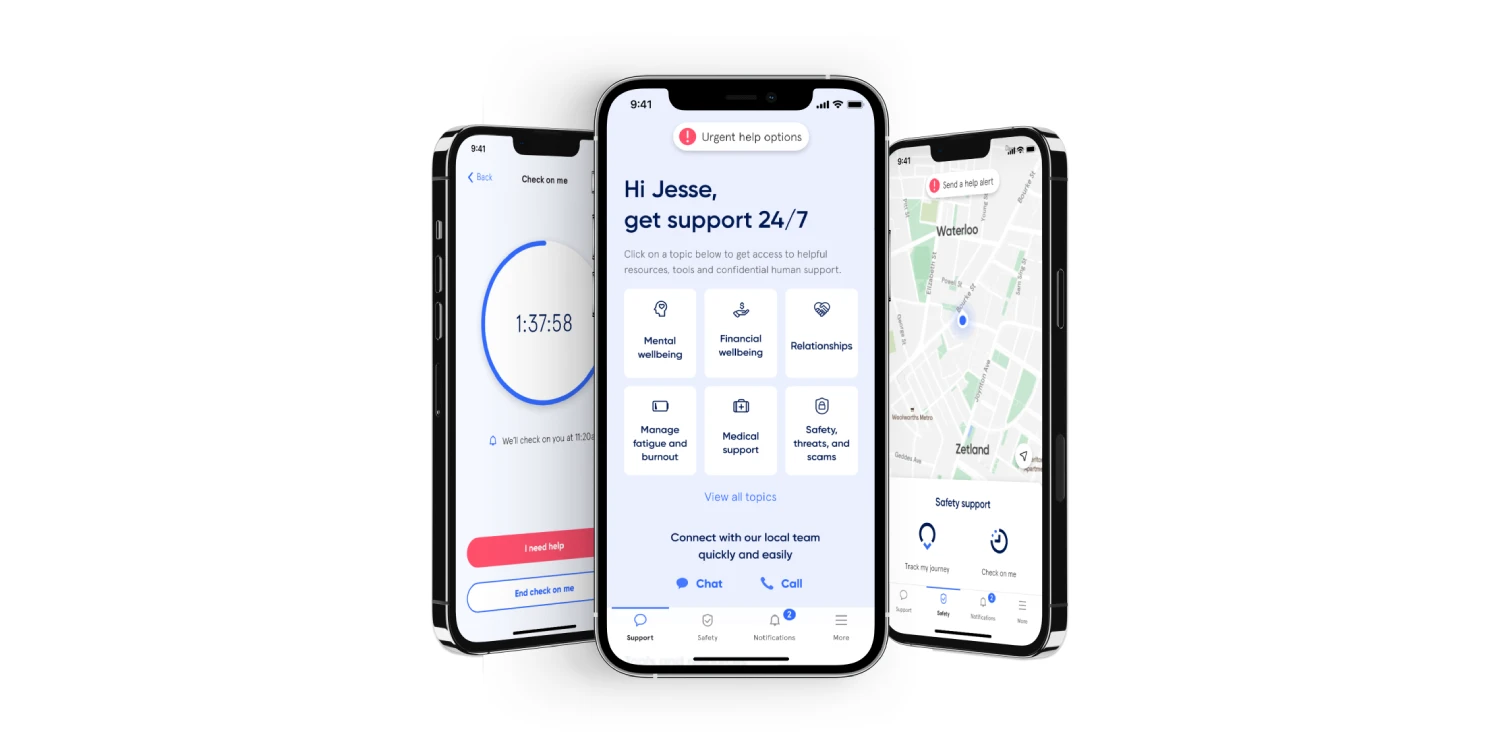
About Sonder
Sonder is a technology company that helps organisations improve the wellbeing of their people so they perform at their best. Our mobile app provides immediate, 24/7 support from a team of safety, medical, and mental health professionals – plus onsite help for time-sensitive scenarios. Accredited by the Australian Council on Healthcare Standards (ACHS), our platform gives leaders the insights they need to act on tomorrow’s wellbeing challenges today.



